Italian or French Garden? You Decide
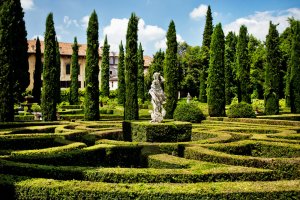
If you have to choose between an Italian or French garden, take three things into account before making your decision: location, how much time you’ll need to dedicate to maintenance, and your budget.
These factors will determine the types of plants you can have, and their care in addition to the final design of your garden. So before you jump into your project, grab a piece of paper and pencil to write down any ideas or requirements.
Then, take the time to analyze your land, its dimensions, shape, climatic conditions, type of earth, etc. All of these factors will help you choose the best type of garden for your home.
It’s time to step into the more creative side of the process where you can let your imagination soar.
Two gardens, two different styles
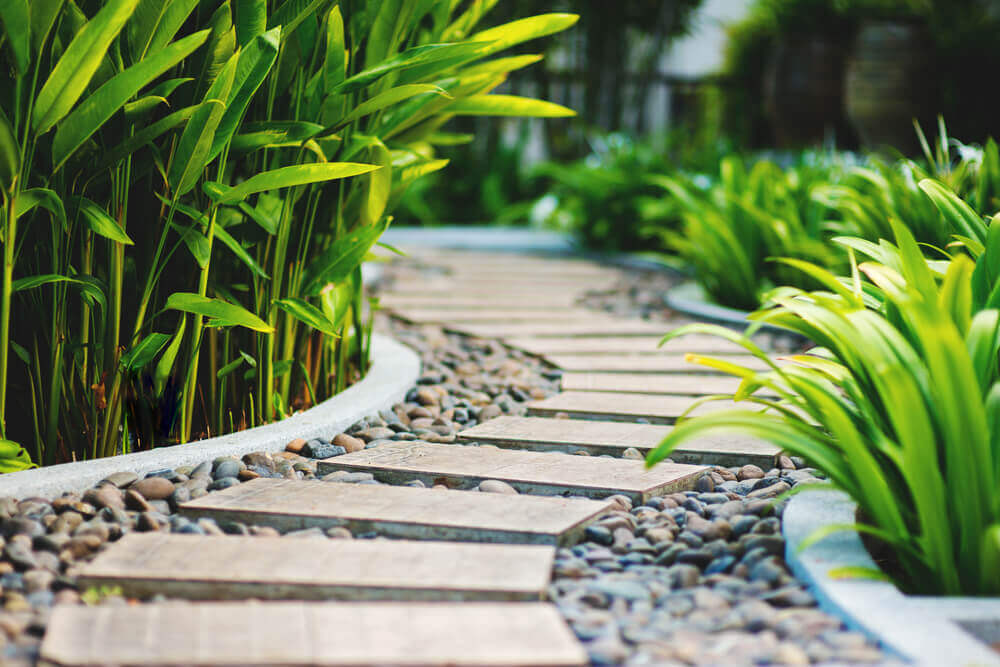
Let’s dive into the main characteristics and plant types of Italian and French gardens. After reading our post, you’ll have a better idea of which one you prefer.
Italian or French garden?
Elegant Italian gardens

- Shapes, fragrances, and colors have a Mediterranean touch.
- All of the elements are orderly and formal.
- Trimming certain plants into geometric forms, such as spheres or pyramids, is characteristic.
- Decorative elements have plenty of presence. For example, garlands or frills on flowerpots.
- Terracotta is a common material for pots. Faded pink is often the color of choice.
- Mounted structures are also a common sight in Italian gardens. Examples include wooden or iron pergolas and trellises.
Common plants in Italian gardens
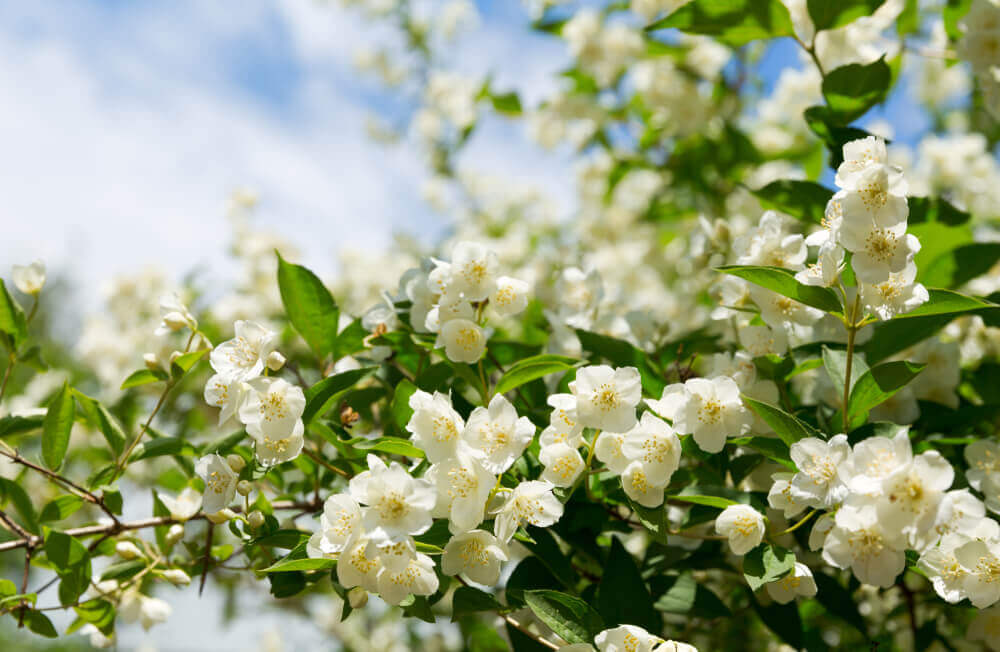
Boxwood is a popular perennial bush for Italian gardens. They’re usually shaped into spheres. Also, people use them with small fruit trees, such as orange or lemon trees that add an added punch of color and fragrance. Bay and cherry trees are also typical options.
As for flowers, wisteria, bougainvillea, and jasmine are all viable options. We also want to note that herbs, such as oregano or basil, make great additions as well.
Grapevines sprawling over walls or trellises are another characteristic element of Italian gardens. They create beautiful decor for gardens. Don’t hesitate to add them to yours.
Symmetrical French gardens
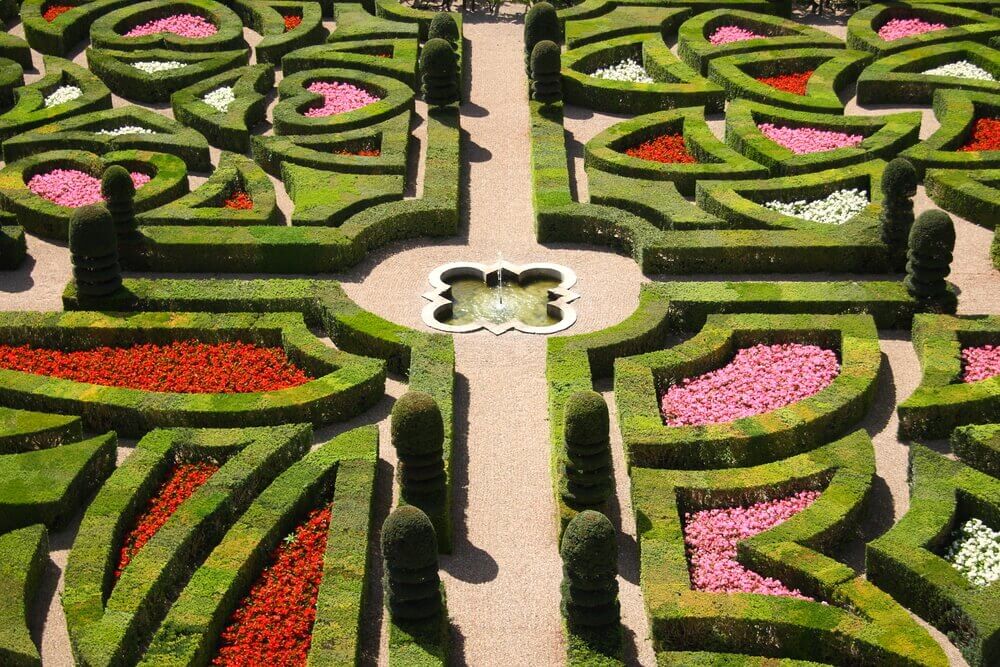
- French garden layouts find inspiration from cartography: they’re symmetrical, geometrical and equidistant. The entire garden starts from a central point.
- Everything remains at the same level. Everything is flat, and should something stick out, it’s very subtle.
- Straight gravel paths lined with flowerbeds that are symmetrically placed.
- The decorative accessories are statues and large pots… Everything has a classical decor style.
- Marble and bronze are typical materials in French gardens.
- If there is enough space, French gardens can also have large lawns.
- The plant borders need constant pruning to maintain their perfect shapes.
- Maintenance is costly as French-style gardens exhibit perfect geometry and balance.
Common plants in French gardens
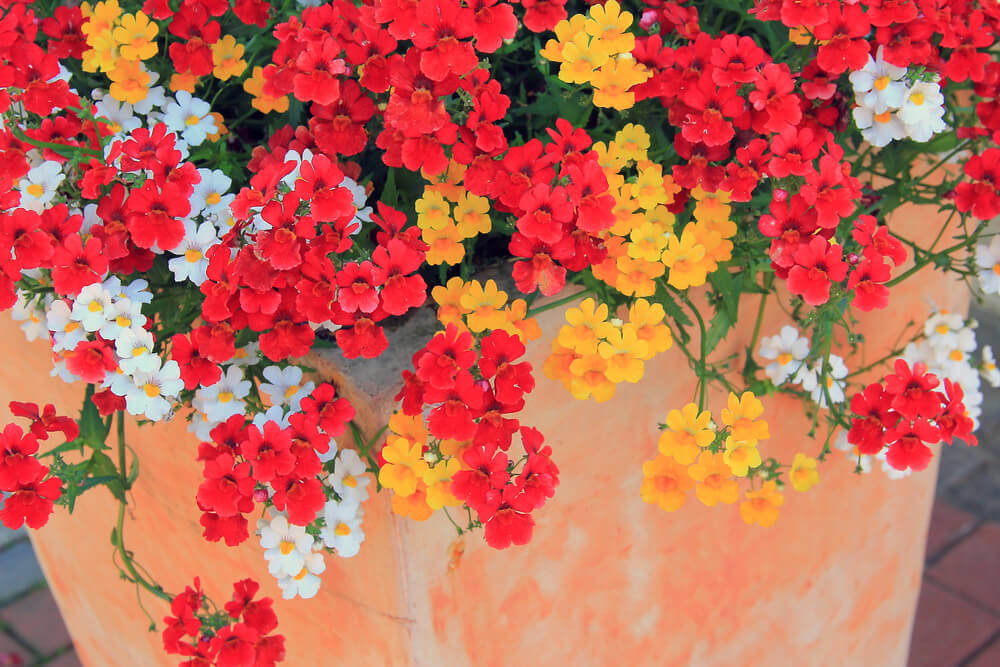
Flowerbeds have to be bright and full of color. Thus, perennials or any kind of vivacious plant are great options. The climatic conditions will have a big influence on which flowers to use.
Some prime examples are French marigolds, snapdragon, Indian snakeroot, nemesia, or hybrid roses of any color. Line these plants with a low bush.
There are also other options, though not quite as characteristic, which are santolina, lavender or Euonymus japonicus. If you use these plants, make sure to plant them in your flowerbeds.
On the perimeter of your garden, plant big conifers such as silver fir or cedar. Also, consider plants that change color in autumn, such as oak. Place them next to low hedges like abelia or escallonia. We know that choosing between an Italian of French garden isn’t easy; take your time and let us know what you decide on!
If you have to choose between an Italian or French garden, take three things into account before making your decision: location, how much time you’ll need to dedicate to maintenance, and your budget.
These factors will determine the types of plants you can have, and their care in addition to the final design of your garden. So before you jump into your project, grab a piece of paper and pencil to write down any ideas or requirements.
Then, take the time to analyze your land, its dimensions, shape, climatic conditions, type of earth, etc. All of these factors will help you choose the best type of garden for your home.
It’s time to step into the more creative side of the process where you can let your imagination soar.
Two gardens, two different styles

Let’s dive into the main characteristics and plant types of Italian and French gardens. After reading our post, you’ll have a better idea of which one you prefer.
Italian or French garden?
Elegant Italian gardens

- Shapes, fragrances, and colors have a Mediterranean touch.
- All of the elements are orderly and formal.
- Trimming certain plants into geometric forms, such as spheres or pyramids, is characteristic.
- Decorative elements have plenty of presence. For example, garlands or frills on flowerpots.
- Terracotta is a common material for pots. Faded pink is often the color of choice.
- Mounted structures are also a common sight in Italian gardens. Examples include wooden or iron pergolas and trellises.
Common plants in Italian gardens

Boxwood is a popular perennial bush for Italian gardens. They’re usually shaped into spheres. Also, people use them with small fruit trees, such as orange or lemon trees that add an added punch of color and fragrance. Bay and cherry trees are also typical options.
As for flowers, wisteria, bougainvillea, and jasmine are all viable options. We also want to note that herbs, such as oregano or basil, make great additions as well.
Grapevines sprawling over walls or trellises are another characteristic element of Italian gardens. They create beautiful decor for gardens. Don’t hesitate to add them to yours.
Symmetrical French gardens

- French garden layouts find inspiration from cartography: they’re symmetrical, geometrical and equidistant. The entire garden starts from a central point.
- Everything remains at the same level. Everything is flat, and should something stick out, it’s very subtle.
- Straight gravel paths lined with flowerbeds that are symmetrically placed.
- The decorative accessories are statues and large pots… Everything has a classical decor style.
- Marble and bronze are typical materials in French gardens.
- If there is enough space, French gardens can also have large lawns.
- The plant borders need constant pruning to maintain their perfect shapes.
- Maintenance is costly as French-style gardens exhibit perfect geometry and balance.
Common plants in French gardens

Flowerbeds have to be bright and full of color. Thus, perennials or any kind of vivacious plant are great options. The climatic conditions will have a big influence on which flowers to use.
Some prime examples are French marigolds, snapdragon, Indian snakeroot, nemesia, or hybrid roses of any color. Line these plants with a low bush.
There are also other options, though not quite as characteristic, which are santolina, lavender or Euonymus japonicus. If you use these plants, make sure to plant them in your flowerbeds.
On the perimeter of your garden, plant big conifers such as silver fir or cedar. Also, consider plants that change color in autumn, such as oak. Place them next to low hedges like abelia or escallonia. We know that choosing between an Italian of French garden isn’t easy; take your time and let us know what you decide on!







